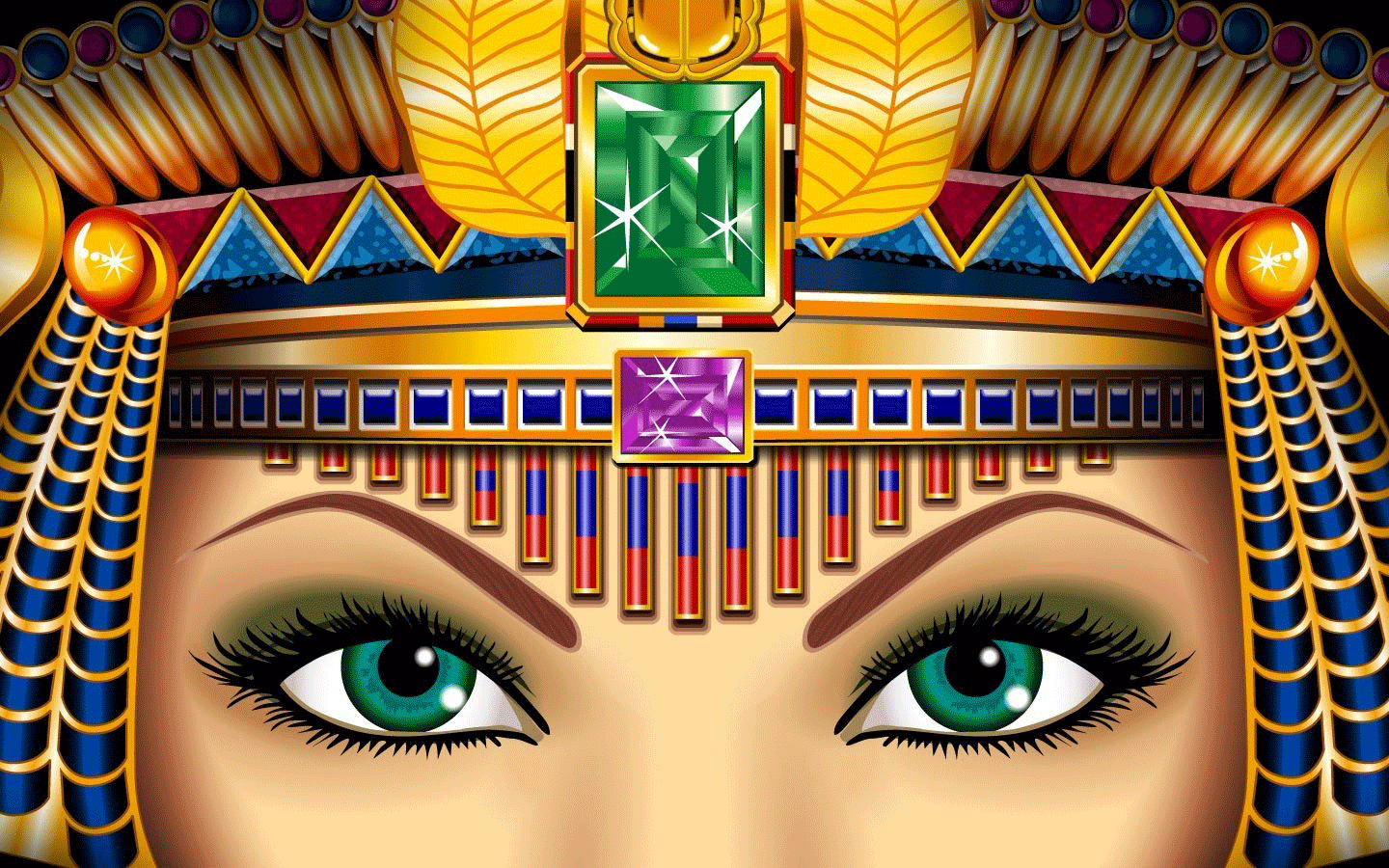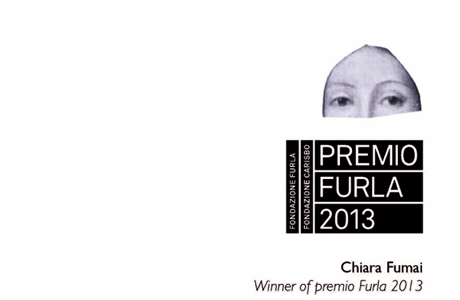Francesco Urbano Ragazzi
Chiara Fumai
With Love from $inster
Apalazzogallery, Brescia
Dec. 15, 2013 – Feb. 15, 2014
Curated by Francesco Urbano Ragazzi

Hell is other people, of course. But we knew that already. Instead, it is harder to say exactly who are these elusive others that we speak about. Wouldn’t it be equally terrible to discover that they are our mask, or worst, our mirror?
On the occasion of her solo exhibition in the rooms of A Palazzo Gallery – With Love from $inister – Chiara Fumai presents an army of numerous others by which she has been possessed from 2007 to today during performances, monologues and invectives.
The infinite alter egos that occupy the rooms of the gallery, it is evident, are always the same person: the artist. None of her faces is missing. There is Zalumma Agra, the mute Circassian beauty who performed in silence at the Barnum Circus and who, at dOCUMENTA (13) found again the words of Carla Lonzi and Rivolta Femminile (Female Revolt); the medium Eusapia Palladino, an illiterate maid from Puglia whose sessions were attended by with conviction- amongst others – Cesare Lombroso, the Nobel prizes Marie and Pierre Curie, Tsar Nicholas II of Russia; and again the terrorist guide who explains with symbolic language the hidden messages contained in the paintings of the Venetian Fondazione Querini Stampalia (Furla Prize 2013). There is even space for two men, one of whom is an absolute new entry: the baron Julius Evola, dadaist, occultist, chauvinist and Italian philosopher whose ideology is disrupted in a series of new collages, and the illusionist Harry Houdini, having converted to anarchic socialism after his encounter with the ghost of Rosa Luxemburg which took place at the summer residence of the Fiorucci Art Trust.
The list is long. The spirits who invade A Palazzo Gallery could form a small revolutionary band. It is unfortunate that none of them wears the same uniform. One asks what keeps them together, apart from a shared passion for the clothes of Ksenia Schnaider.
If there was an attempt to give an apocryphal answer, one that was not approved by the artist, it could be searched in the direction of, perhaps, the most secular of meanings that the word $inister holds. In addition to evoking the idea of the sinister in its dual form- where the left-handed throw has devilish connotations- the term is synonymous with a bastard birth. The baton sinister is in fact a heraldic sign that decorates some family crests. An oblique line that, according to historians, indicates that branch of the descendants as originating from an illegitimate offspring: the occult branch, or rather, the obscured.
The same obliqueness, the same bastard nature joins all the characters reunited in the exhibition: children who were not desired, unclassifiable and maybe even embarrassing. Luminous singularities of the history of humanity that break the line of descent of the fathers and their children like lightning in a clear sky.
Even if speaking of the lesser children, we are not in front of losers. The circus phenomena and the mediums of Chiara Fumai have lived- and still live through she who adopted them- phantasmagorical lives: lives that, let us say it clearly, many of us dream of. They are all existences that are protagonists of a flaming ransom, possibly thanks to the surrealist power that they have to steer their own destiny through scams, spells and miracles, without perceiving any differences. Their drama is not defeat then: it is something else.
Since these are unique heroes, eccentric subjects who escaped from history before even having entered it, they cannot present themselves either as tragedy the first time, or as farce the second: they have no possibility of having their stories told and they are forced to make a virtue of necessity, staggering always between the comical and the tragic. It must be due to this that in front of the exhibited works we are not sure whether we should laugh, cry or be scared to death, as if in front of a new feeling and therefore a new genre.
We mentioned earlier, none of the artist’s faces is missing. Not one is missing and yet all are absent, including the body of the performer, which embodies all these identities with huge effort. But in this exhibition there is something more precious than the purity of being here. Each exhibited work equals a small key that reveals the tricks and sources that Chiara Fumai loves utilising. Her presence is hidden, that is true, but this is in order to reveal the other side of her practice: the landscape behind the star. Let’s take the collages, for example, that are preparatory sketches for a number of performances; or the gimmick, the circus performer’s apparatus that in this case are clearly visible in front of our eyes as well as the costumes and the set-designs.
Enjoy this slice of truth that Chiara Fumai offers on herself and her career for as long as you can. While crossing the rooms of the gallery it is possible that you could soon encounter the skin of the artist enclosed in a case, abandoned like the skin of a snake that has already shed. It will be in that moment that you will realise that you are now alone in the room. The others are not there.







